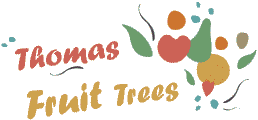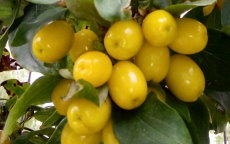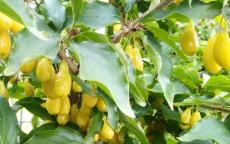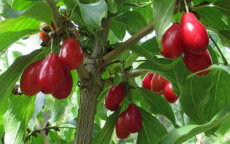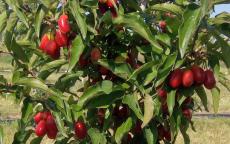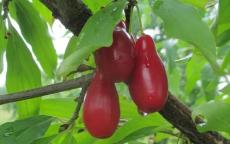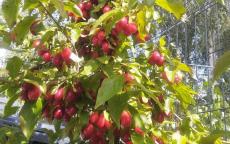Cornelian cherry trees
Dublany
A modern early-season Cornelian cherry, with large dark red fruits, and a high sugar and acid content.- Picking season: Early
- Fruit colour: Red - dark
Jantarnyj
Jantarnyj is a mid-season yellow Cornelian cherry with a sweet juicy flavour.- Picking season: Mid
- Fruit colour: Yellow
Niesnij
Niesnij is a yellow-fruited Cornelian Cherry, suitable for eating fresh and cooking.- Picking season: Early
- Fruit colour: Yellow
Nikolka
Nikolka is a red Cornelian cherry with a bitter-sweet flavour, rich in antioxidants.- Picking season: Early
- Fruit colour: Red
Radost
Radost is a bright red Cornelian cherry with a good acid content.- Picking season: Early
- Fruit colour: Red - dark
Starokijewskij
Starokijewskij is a dark red September-ripening Cornelian cherry.- Picking season: Mid
- Fruit colour: Red - dark
Szafer
Szafer bears heavy crops of sweet red Cornelian cherries over a long period.- Picking season: Mid
- Fruit colour: Red - dark
